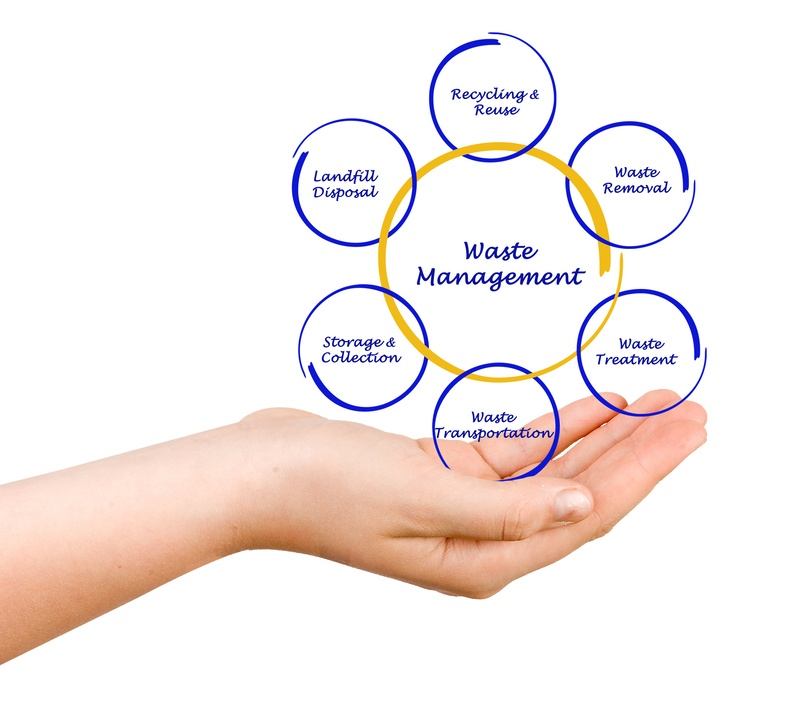Key Points on Waste Transfer Notes
Posted on 04/08/2024
Waste Transfer Notes (WTNs) play a pivotal role in the effective management of waste. They serve as a record that details the transfer of waste from one party to another, ensuring that waste is handled and disposed of in a responsible manner. Understanding the intricacies of WTNs is crucial for businesses, waste carriers, and regulatory bodies.
What Are Waste Transfer Notes?
Waste Transfer Notes are documents that accompany the transfer of waste whenever it changes hands. They provide information on the type of waste, the quantity, the involved parties, and details ensuring compliance with waste management regulations. These notes are not only essential for maintaining an audit trail but are also legally required in many regions.

Importance of Waste Transfer Notes
The significance of Waste Transfer Notes cannot be overstated. Firstly, they ensure that all parties involved in the waste management chain are accountable for their actions. Secondly, they play a crucial role in tracking the waste from its origin to its final disposal or recycling point. This helps in minimizing illegal dumping and improper disposal practices.
Legal Requirements
Different countries have varying legal requirements concerning WTNs. For instance, in the UK, it is a legal obligation under the Environmental Protection Act 1990 to produce a WTN whenever controlled waste is transferred. These legalities ensure that businesses dispose of their waste responsibly and in compliance with environmental laws.
Components of a Waste Transfer Note
A comprehensive WTN includes several key components:
- Description of the waste
- Quantity of waste
- The SIC code (Standard Industrial Classification)
- Details of the waste producer
- Details of the carrier
- The disposal site
- Date and time of transfer
- Signatures from both parties
Steps for Creating a Waste Transfer Note
Creating a WTN involves a few critical steps:
1. Identify and Describe the Waste: Outline the type and nature of the waste in detail.
2. Record Quantities: Accurately measure and record the amount of waste being transferred.
3. Document Parties Involved: Gather and document details of both the waste producer and the carrier.
4. Transport and Disposal Information: Include the specifics regarding the transport and disposal site.
5. Signatures: Ensure that both parties sign the document to confirm the transfer.
Digital Waste Transfer Notes
With the advent of technology, digital WTNs have become more common. These electronic records are easier to manage, store, and retrieve compared to traditional paper notes. Digital WTNs also facilitate better compliance monitoring and reporting.
Pros and Cons of Waste Transfer Notes
Pros:
- Accountability: Ensures all parties are responsible for waste management.
- Compliance: Helps in meeting legal requirements.
- Tracking: Facilitates tracking of waste from the point of generation to disposal.
Cons:
- Complexity: Can be complex and time-consuming to maintain.
- Storage: Requires adequate storage solutions, though digital WTNs mitigate this issue.
- Errors: Mistakes in recording can lead to non-compliance and legal issues.
Tips for Effective Waste Transfer Note Management
1. Training: Ensure all employees involved in waste management are well-trained.
2. Digitize: Adopt digital WTNs to streamline processes.
3. Regular Audit: Conduct regular audits to ensure compliance and accuracy.
4. Consistent Updates: Keep all involved parties' information up-to-date.

Key Takeaways
Waste Transfer Notes are crucial for the responsible handling and disposal of waste. They ensure accountability, compliance, and effective tracking. While there are some challenges associated with WTNs, digitization and regular audits can help in managing these effectively.
Conclusion
Waste Transfer Notes are an indispensable part of the waste management process. By ensuring that they are used correctly and efficiently, businesses can not only comply with regulatory requirements but also contribute to better environmental stewardship. Embracing digital solutions and adhering to best practices will further enhance the efficacy of waste management systems.










